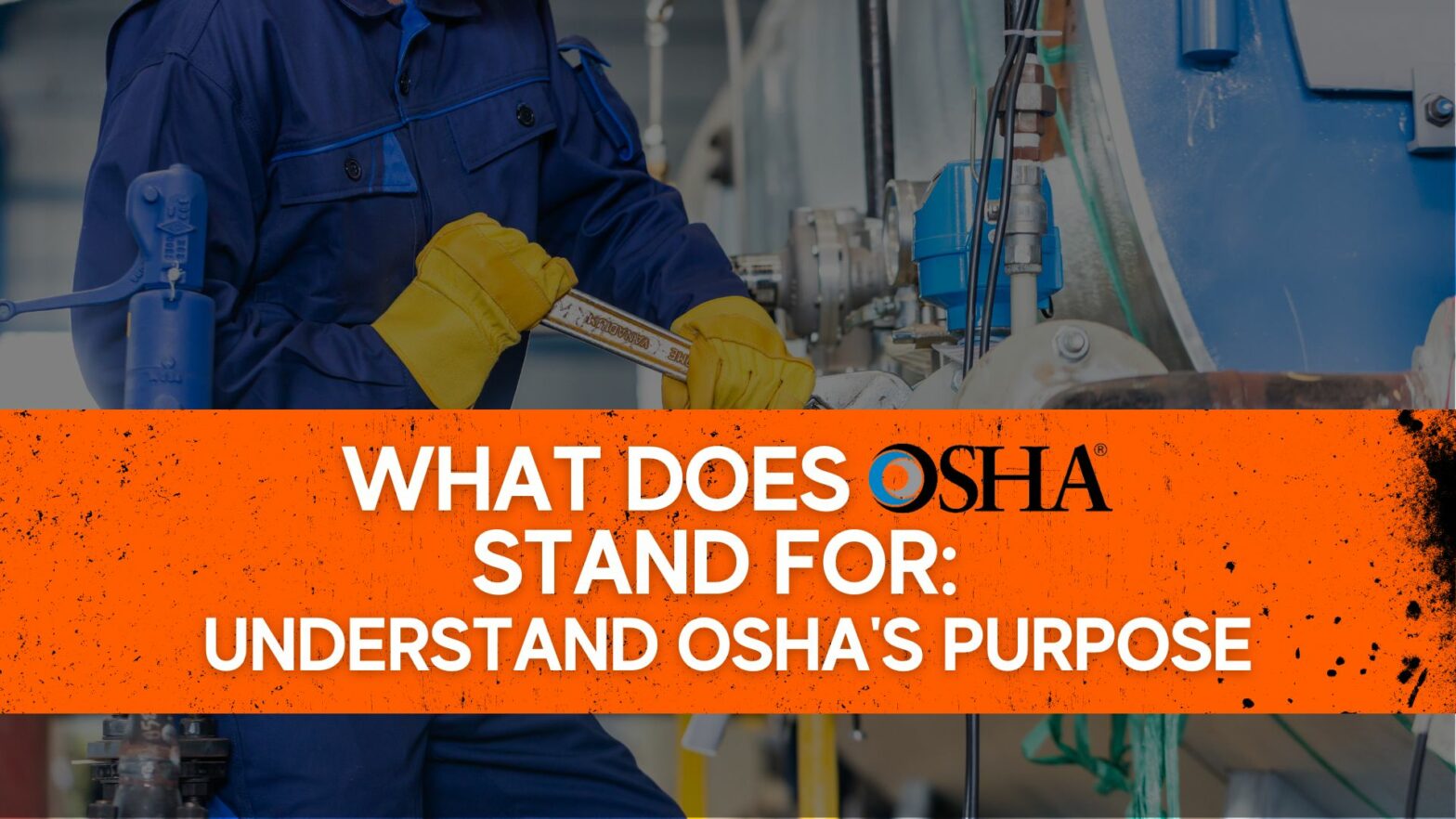What does OSHA stand for? In the U.S., occupational safety and health regulations are developed and enforced by the Occupational Safety and Health Administration (OSHA). The OSHA act applies to most private sector employers, a number of public sector companies and employees in all 50 states, and several territories and regions that fall under federal jurisdiction (such as the District of Columbia, Puerto Rico, the Virgin Islands, etc.).
Why it is important
Workers in the oil and gas industries face a risk of fire or explosion due to the ignition of flammable vapors or gases. These gases are released from wells, trucks, production equipment, or surface equipment such as tanks and shale shakers. Ignition sources can include static electricity, electrical energy sources such as sparks from cutting and welding tools, open flames, lightning strikes, cigarettes, and hot surfaces.
OSHA’s mission is to assure safe working conditions through the enforcement of standards and by providing training, outreach, and education. The Occupational Safety and Health Administration encourages all employers to adopt a safety and health program. Such programs help reduce the number of workplace injuries and alleviate the associated financial burdens on U.S. workplaces. Many states have mandatory or optional workplace safety and health program requirements. Also, numerous employers in the United States manage safety using safety and health programs. Most successful safety and health programs are based on a common set of critical elements.
Standards and Requirements
Employers must ensure a safe workplace following OSHA regulations. This involves following the OSHA-established safety and health requirements and providing workers with a workplace free of major hazards. In addition, employers are obliged to equip workers with PPE at no cost, run tests to guarantee a safe workplace, maintain accurate records, publish OSHA violations annually, notify OSHA of fatalities and injuries, and refrain from retaliating against or discriminating against workers. All of it is merely the broad stroke of what OSHA stand for.
The goal of OSHA is to safeguard employees and prevent work-related accidents, illnesses, and fatalities. They do that by establishing and enforcing regulations and offering assistance, outreach programs, education, and training. For example, numerous OSHA regulations, contain precise training requirements for safety and health. The training guarantee that employees have the abilities and knowledge to perform their tasks. These specifications are consistent with OSHA’s view that training is a crucial component of any employer’s safety and health. Persons with less experience on the job face more significant injuries and illnesses than those with more expertise.
How to ensure the safety of your work environment
In conjunction with OSHA regulations, the Intrinsically Safe Store provide employers with the best-integrated safety solutions for Hazardous area that will help achieve any safety standard. To increase productivity and maintain safety at work, prefer intrinsically safe equipment. Invest in technology that ensures you and validates your service, results in a good quality of work and a positive concept in the market. Our catalog contains the best types of equipment in ex-proof and intrinsically safe categories. Also, our blog provides information on the safety standards you need to understand and all the news for improving your hazardous environment. Explore our catalog and subscribe to the newsletter to receive the best offers!


